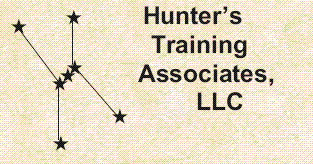
z/OS Assembler Programming Part 4: z/Architecture and z/OS - Course Objectives
On successful completion of this course, the student, with the aid of the
appropriate reference materials, should be able to:
- Describe the major architectural changes introduced with the z/Architecture class of mainframes
- Write Assembler programs that use the new instructions, particularly
* Relative branch Long instructions
* Instructions to set and test current addressing mode
* Instructions to perform 64-bit binary arithmetic
* Instruction to test packed decimal data for validity
* Instructions that allow you to work with arbitrarily long binary numbers
* Instructions that can set and test bits in storage and registers
- Work with files encoded in EBCDIC, ASCII, or Unicode
- Convert numeric values between floating point and fixed binary or packed
decimal, to work more effectively in inter-language communication with programs written
in C, C++, and Java
- Work with memory objects: storage above the 2GiB bar
- Code, assemble, bind, and run programs that run AMODE64
- Use new instructions introduced with each of the series of machines:
zEC12, z114, z196, z10, z9, z990, z900, z890, and z800, including how to detect the presence or
absence of particular facilities at run time
- Use some of the new facilities introduced by HLASM 1.5 an 1.6, as useful and appropriate
- Create and access sequential "large format" data sets.
C500 / 4 Days
These Materials © Copyright 2012 by Steven H. Comstock
Materials version: V9.x
Topical Outline
Course Description
Home page
This page last updated: 31 July, 2014
Copyright © 2014 by Hunter's Training Associates, LLC
